A number of different industries from a variety of sectors, including construction, manufacturing and engineering, will have to deal with hazardous waste on a highly regular basis. If your business has only recently started to generate hazardous waste, such as WEEE, paints, oily rags and chemicals, for example, then you might not be fully aware of exactly what’s expected of you in order to dispose of hazardous waste safely and responsibly.
In this article, we’ll be explaining how you can go about dealing with the hazardous waste you generate. Whether you’ve been dealing with this type of waste for many years or are new to the game, Willshee’s will be on hand to help.
5 steps to responsibly dispose of hazardous waste
If you aren’t sure about how to go about disposing of the hazardous waste you’ve generated, then simply follow the steps below for a structured, safe plan. Not only will this help to protect the environment and members of the public, but it’ll also aid in keeping waste carriers and your employees safe from harm, also.
Step 1: Check if the waste is hazardous through classification
Classify the waste to check whether it’s actually hazardous. Detail the contents of the waste your business generates before sending it off to be disposed of or calling in a waste carrier to collect the waste. If you aren’t sure what should be included in the waste description, then you should look to include the following details:
- The waste classification code
- Confirm whether or not the waste is hazardous
- The type of premises of business sector the waste was produced by
- The name of the substance(s) that are included in, or make up the hazardous waste
- The process that ultimately lead to the production of the hazardous waste
- A physical and chemical analysis of the hazardous waste
- Anything else concerning the hazardous waste, including extra knowledge about the waste, specific problems or any requirements relating to the hazardous waste and/or its ultimate disposal
Step 2: Separate hazardous waste and store it safely and securely
Remember, it’s illegal to mix hazardous and non-hazardous waste together, so take the necessary steps to split your waste up into hazardous and non-hazardous categories. Once this has been done, your hazardous waste should then be stored safely and securely in order to ensure the safety of others. Tips for storing hazardous waste properly include:
- Find a secure place to store hazardous waste until it’s collected by a registered waste carrier, such as Willshee’s
- Use strong containers to store the hazardous waste in, ensuring the contents cannot leak, spill or fall out
- Label the containers to ensure that everyone knows exactly what type of hazardous waste is stored where
- Cover the waste to stop anything from blowing away or falling over, especially if kept outside, even if the waste is located in a sheltered space
- Use waterproof covers to ensure any water and other contaminants can’t mix with the hazardous waste whilst it’s being stored
Step 3: Ensure an authorised waste carrier is used to collect, recycle and dispose of your hazardous waste
The waste carrier you choose should be fully registered and authorised to collect and dispose of hazardous waste. This will ensure that the waste you generate will be disposed of responsibly and with the utmost care to protect the public and the environment. Therefore, it’s also important you check that your waste carrier has all the right environmental permits for your absolute peace of mind.
Your business is still responsible for the waste you’ve generated, even after it leaves your premises, so you want to make sure that the waste carrier you have chosen will dispose of the waste properly and not fly-tip it on private or public land. If the waste can be traced back to your company, you could be fined hefty amounts and even face a prison sentence if it’s a recurring problem.
Here’s how to make sure you’re using a registered waste carrier:
- Refuse any unexpected offers to take any waste away from your premises
- Easily check whether the carrier is registered using the Environment Agency’s website
- Even once you’ve decided on a waste carrier, ask them to show you proof of registration before handing your waste over to them – they shouldn’t have a problem doing this
- Ask how they plan to dispose of your waste and ask for evidence to support that
- You should be provided with the appropriate paperwork during and after the process, including: an invoice, a waste transfer note/receipt, a description of the waste being removed and the waste carrier’s contact details
Step 4: Only fill out the parts of the consignment note that applies to you
Consignment notes are absolutely imperative when it comes to moving hazardous waste. The note itself must stay with the hazardous waste until it reaches its final destination, helping the necessary authorities to track its whereabouts throughout the process. This will also help to mitigate hazardous waste being fly-tipped on either private or public land and putting the public and the environment at risk.
Step 5: Keep records for at least 3 years that detail how the hazardous waste is produced, stored and subsequently disposed of
It’s important that a record is kept of all the hazardous waste that has been generated and stored by your company. Included in those records should be the way in which that waste was disposed of and who it was that collected the waste.
Ideally, these details should be taken down and filed away for at least three years in order for such waste to be easily tracked and for illegitimate waste carriers to be caught, penalised and disbanded.
How can Willshee’s help your company to dispose of hazardous waste?
Here at Willshee’s, we have an expert team who are on hand to safely and responsibly dispose of the hazardous waste your business has generated. From small amounts to large, bulky items, we can always be counted upon to handle hazardous waste with the utmost care and consideration.
Our approach ensures that members of the public, wildlife and the environment are protected from the effects that fly-tipped hazardous waste causes. We’re fully-qualified and highly-skilled when it comes to the removal of hazardous waste, so you’ll have absolute peace of mind when choosing Willshee’s to help.
What can Willshee’s dispose of?
We’re able to collect, handle and responsibly dispose of a wide range of hazardous waste material, regardless of how dangerous you might consider it to be. Our team of dedicated specialists are fully-trained to deal with hazardous waste, using the correct protective clothing and equipment to get the job done as quickly and as safely as possible.
The hazardous waste we’re able to dispose of includes, but is not limited to:
- Chemicals
- Oils
- Solvents
- Asbestos
- Paints
- Cylinders
- Aerosols
- Waste electrical and electronic equipment (WEEE)
- Fluorescent tubes
- Manufacturing and processing waste
- Contaminated rags and absorbents
No matter what type of hazardous waste you need to have collected, you’ll always be able to count on us to provide you with a trusted, highly-effective hazardous waste removal and disposal service every single time. We have a wealth of knowledge and experience behind us, so you can rest assured that the hazardous waste you generate will be reliably disposed of no matter what.
If you would like more information about the hazardous waste management service we’re proud to provide our customers throughout Burton and the surrounding areas, get in touch with a member of our friendly, specialist team today – we’re always happy to help.


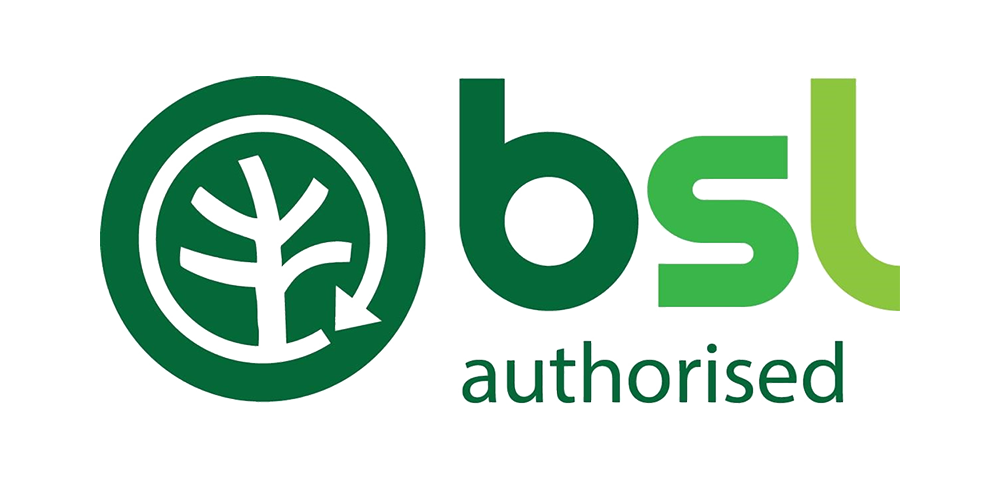


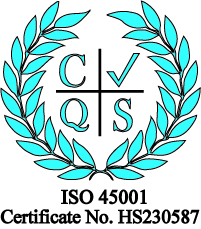
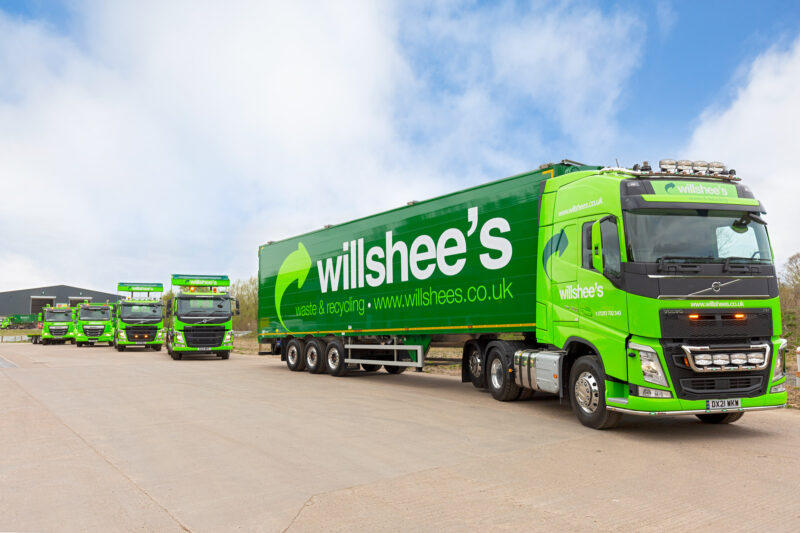
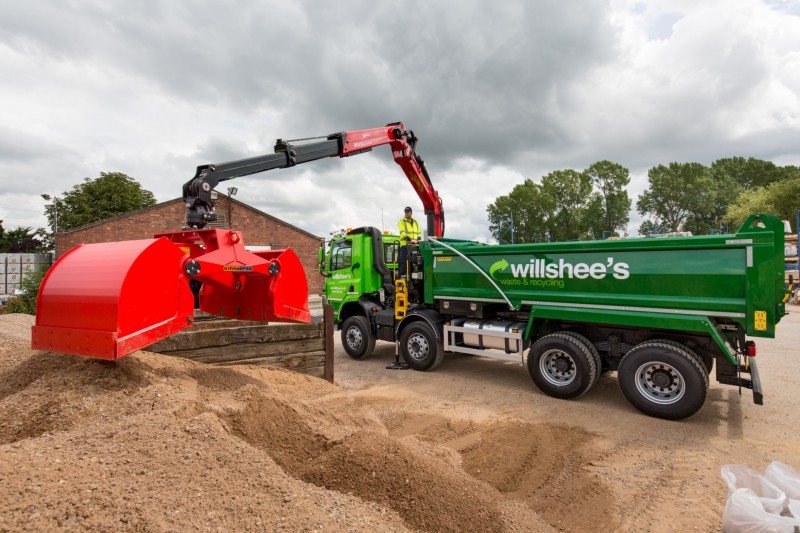

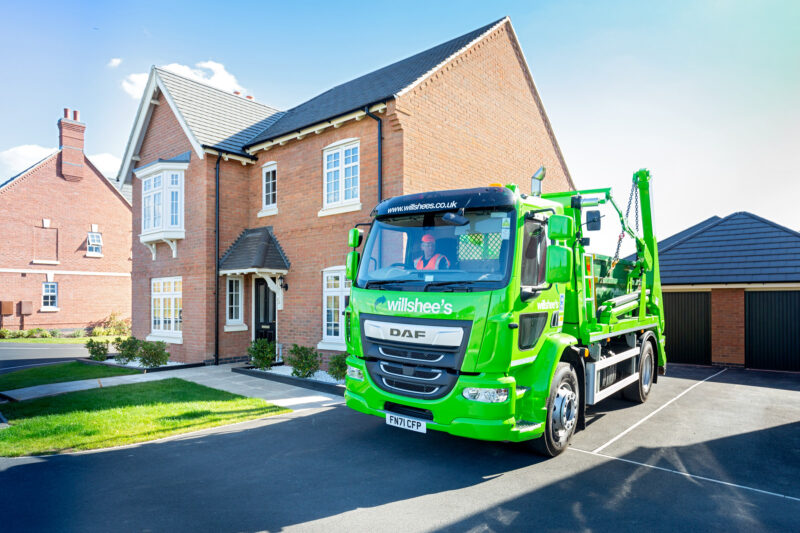
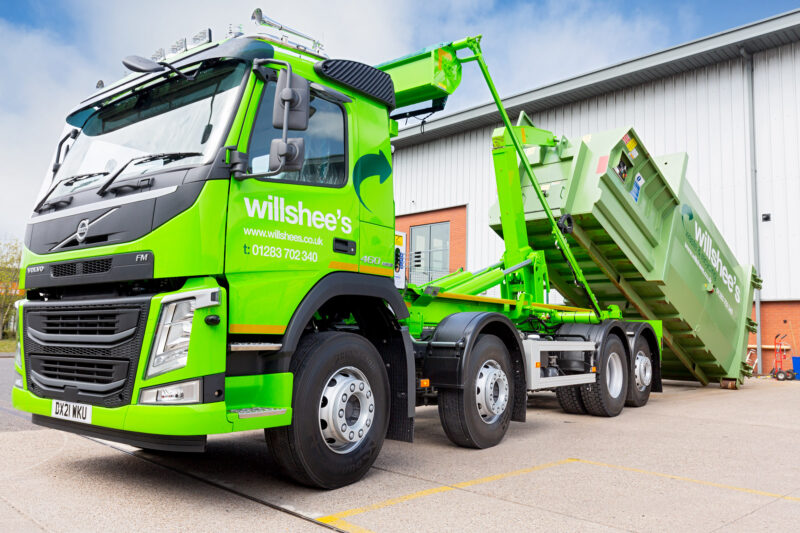
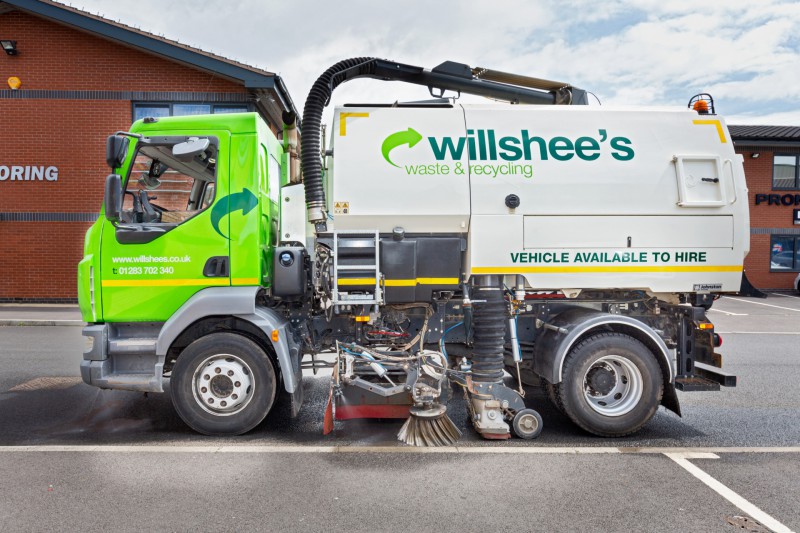
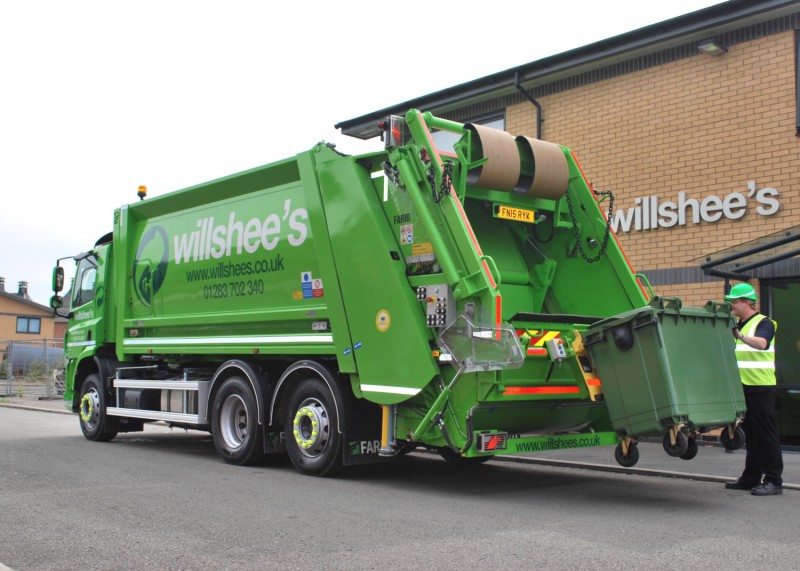
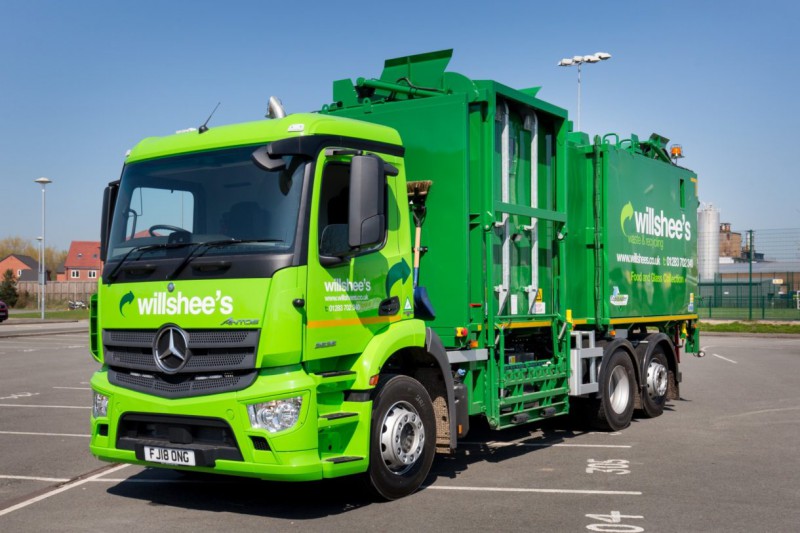
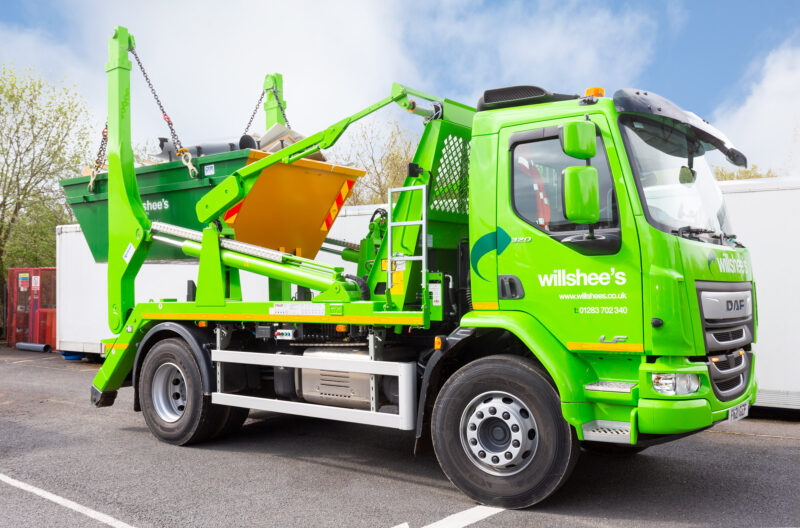
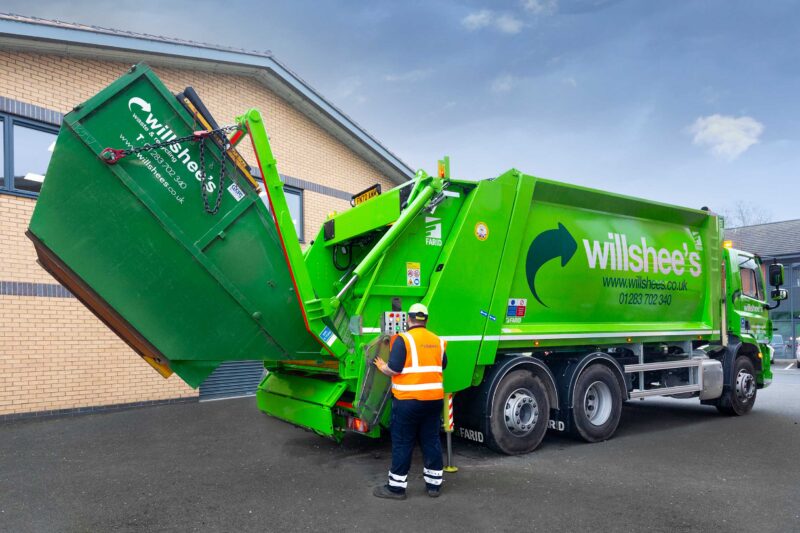
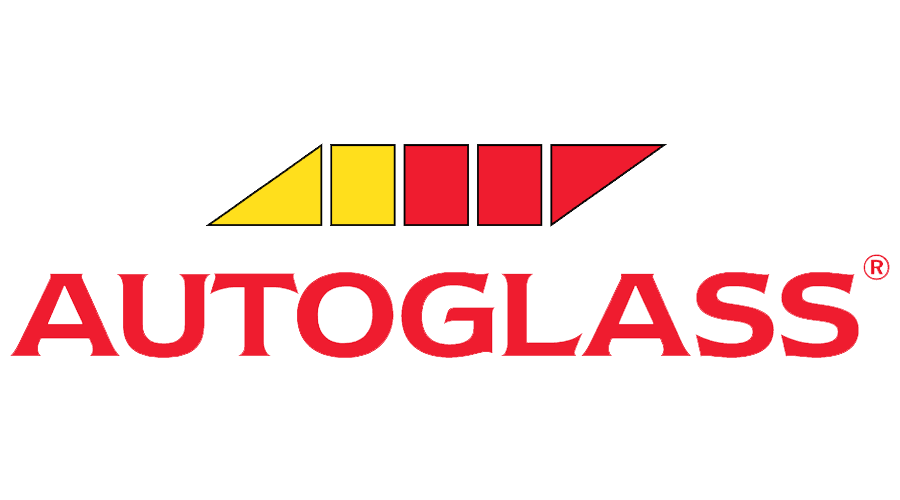


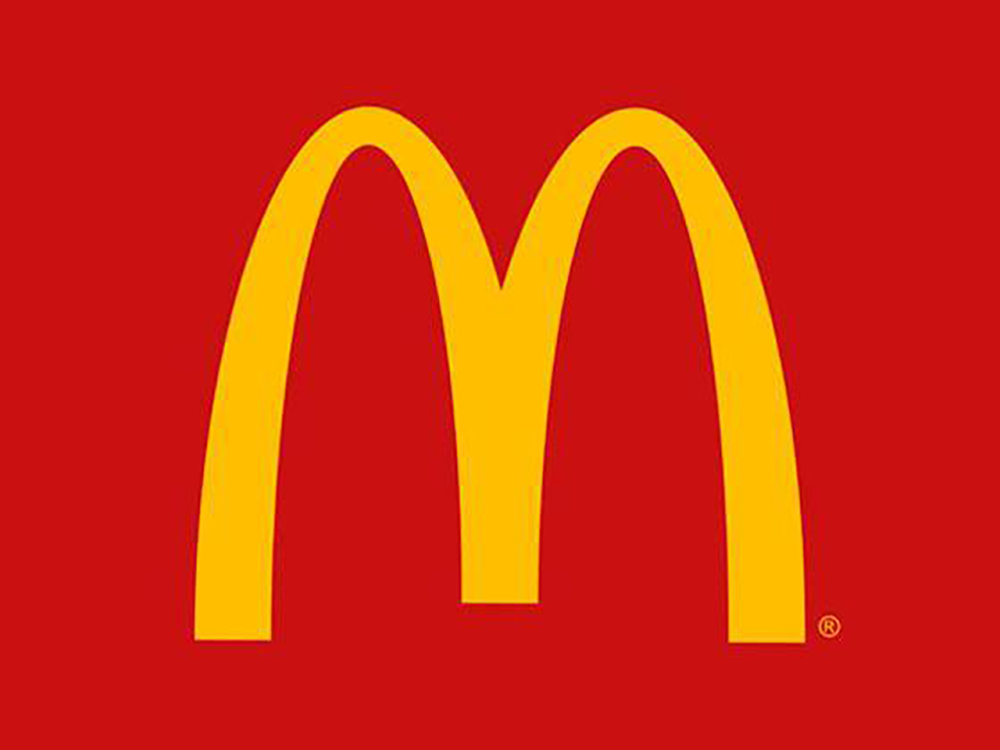
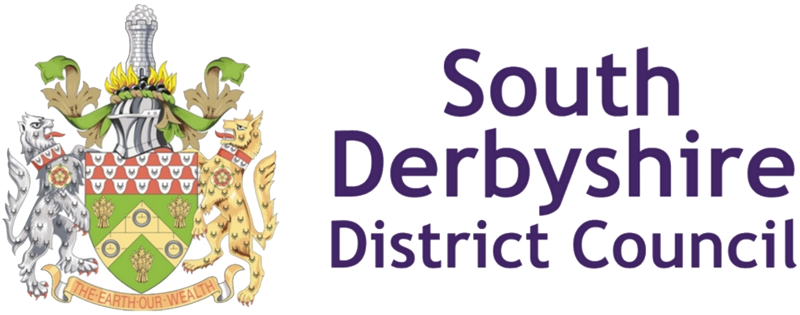
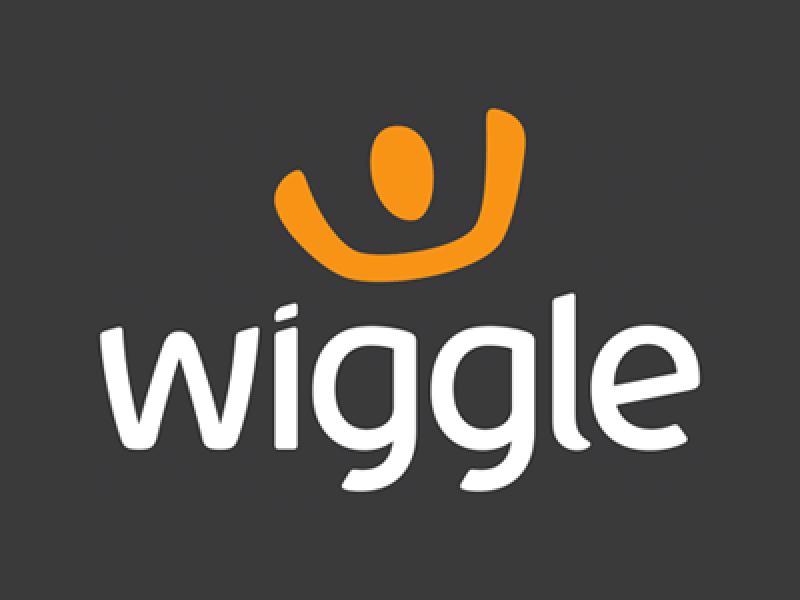
Social